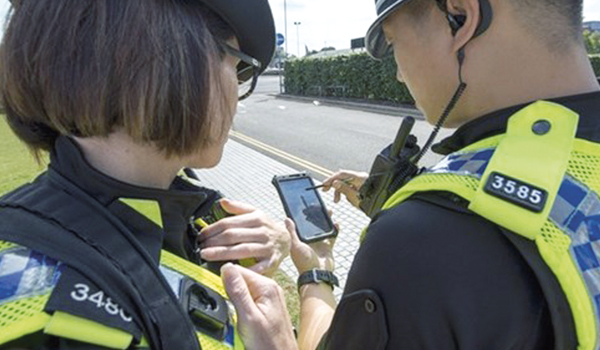Data-driven policing
The ability to identify crime hotspots and trends using real-time insights is enabling Gloucestershire Constabulary to improve policing strategies and deploy its resources in the most effective way.
The ability to identify crime hotspots and trends using real-time insights is enabling Gloucestershire Constabulary to improve policing strategies and deploy its resources in the most effective way.
Gloucestershire Constabulary is using the latest data-driven tools to improve policing strategies, gain real-time insight into incidents and identify crime hotspots. Analytics software is helping it get an up-to-date picture of incidents across the county and gain a deeper understanding of long-term trends for serious offences.
It can now draw together data from numerous systems and sources, including its electronic incident log, phone system, GPS-capable radios and criminal demographic data from the Office for National Statistics. Using analytics, it will also be able to use the data available to identify crime hotspots, monitor trends of offenders across the county and see a live breakdown of crime statistics.
Automated reports are created and the data presented on a set of dashboards using the Visual Analytics and Visual Statistics software suites from analytics, business intelligence and data management company SAS.
With police budgets across the country under pressure, its vital that we look for every opportunity to operate more efficiently and use the latest data-driven tools in the fight against crime, said Bob Keeble, continuous improvement manager at Gloucestershire Constabulary.
We operate across 1,000 square miles, including urban centres like Cheltenham and Gloucester, and the rural environments of the Cotswolds and Forest of Dean. To ensure we focus on the issues that most impact on communities, we need a breakdown of the locations and times when criminals are most likely to strike.
We also wanted to gain a deeper understanding of long-term trends for serious offences. This insight enables us to deploy our resources in the most effective way to prevent crimes, create awareness campaigns and protect residents.
Previously, the performance team prepared monthly or weekly incident reports, which it emailed out to its senior leadership. The team relied on time-consuming, manual processes to sift through multiple data sources, which made presenting an up-to-date picture of crime a significant challenge. It also meant that as soon as the report was finished, it was already out of date.
In its search for improved data to enable it to improve performance and reduce demand, the constabulary recognised it needed automated system generated data from its extensive data warehouse.
The aim was to provide managers and supervisors with real-time data that they could self-serve from a menu of performance dashboards across a range of business areas.
In Gloucestershire, we recognise that data has to be up to date, accurate and readily available to a range of supervisors with different requirements, explained Assistant Chief Constable Julian Moss.
The dashboards we produce meet this varied need and we are beginning to see local managers putting the data to good use in problem-solving to reduce crime and demand.
Reporting year-on-year crime statistics is relatively straightforward, but we wanted to gain a deeper understanding of long-term trends for offences such as burglary and rape. We were keen to discover the influence of factors such as seasonality, and whether we were allocating resources as well as we could to protect residents.
In the first three months of its use, a range of performance dashboards have been produced, which include data about:
Crime trends and hotspots;
Crime management and allocation;
Incidents v resources available;
Case file creation;
Custody;
Hate crimes;
Stop searches conducted by officers; and
Voluntary interviews conducted away from custody suites.
Gloucestershire Constabulary will use the insights to improve accountability by providing crime maps and performance indicators for the public. It will also provide detailed crime reports to Her Majestys Inspectorate of Constabulary and Fire and Rescue Services regarding l




